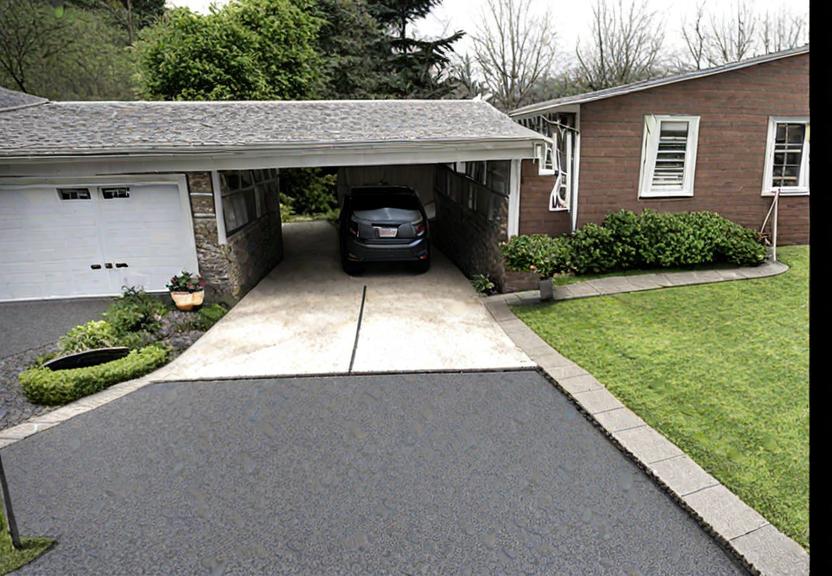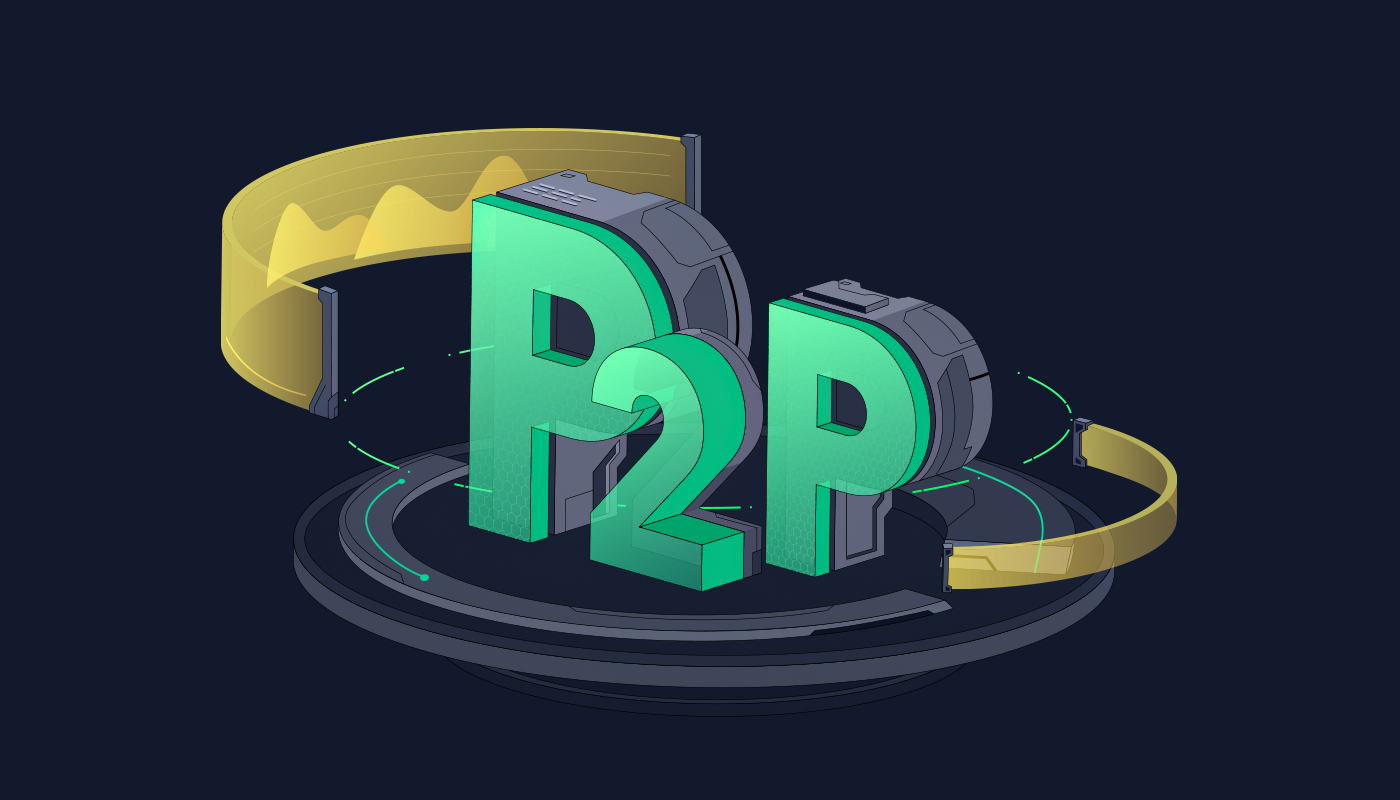It’s winter, and the temperature is dropping outside. At the same time, the temperature inside your business is also dropping! As a result, many businesses are looking for ways to keep their employees warm this winter. And while there are many options available, you need to be careful which ones you choose. That’s because industrial heating systems can be dangerous if they’re not installed correctly or maintained properly, which could lead to serious injuries and property damage.
Table of Contents
Different Types of Industrial Heating Systems
There are a variety of different types of industrial heating systems, each designed to meet the needs of a certain industry. For example, industrial kerosene heaters can be used in factories and warehouses where there’s no access to natural gas lines, while propane heaters are popular in construction sites because they’re portable. Air heating is used in food processing plants and other facilities where air temperature must be carefully regulated. Water heating can be used in large factories or warehouses that need an efficient way to heat their water supply. Oil-based systems are generally used on construction sites and other areas where space is limited, but plenty of activity is taking place. Electric systems are often found in office buildings and other commercial buildings as they provide a quick solution for smaller areas that might not need such high levels of output.
Warm air heating
Warm air heating is the most common form of heating in industrial applications. It can include radiant, convection, and fan-forced warm air systems. Warm-air heating systems circulate heated air through ducts for distribution throughout a building through vents or registers.
Destratification heating
While you might not have heard of it before, destratification heating is a type of heating that involves mixing air throughout the room with an industrial fan. This type of system is great for large spaces or rooms—it’s not suitable for small spaces because there won’t be enough flow to keep you warm.
Like most other types of industrial heating systems, destratification can be used in conjunction with other types of industrial heaters. For example, if your warehouse has both cold spots and hot spots due to poor airflow, using a combination of destratification and radiant heat will help even out temperatures throughout the area, so everyone feels comfortable working there.
Air rotation heating
Air rotation heating uses a fan to push warm air through the ducts. The amount of heat produced depends on the efficiency of your boiler system, and you can adjust it with a thermostat. This type of system is best for small buildings where separate boilers heat individual rooms. It’s also common in boats or other vehicles that use diesel fuel because it heats quickly and efficiently without wasting energy. Air Rotation Heating is often used in conjunction with other types of heating systems, such as fans, radiant heat panels, and steam pipes, when they need additional warmth during colder months.
Radiant heating
Radiant heating is a type of heat transfer that occurs when electromagnetic waves pass through a material and induce a temperature change in the material. In the case of radiant heating, this electromagnetic energy comes from infrared light emitted by an electric or gas-powered heater. The heaters are located beneath your floors, which means they’re hidden from view and can’t be seen.
Radiant heating systems use electric or gas-powered radiators to distribute warmth throughout an area rather than just directly underneath them. This differs from conventional heating—which heats the air around objects—and forced air systems that blow warm air into buildings with fans, ducts, and vents.
Final Thoughts:
Industrial heating systems can be used in a variety of applications, from heating your home to providing warmth for your employees. The most important thing to consider when purchasing an industrial heating system is making sure it meets the needs of your business and will provide comfort while saving money on energy costs.





